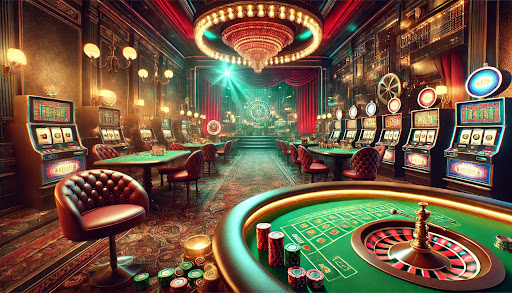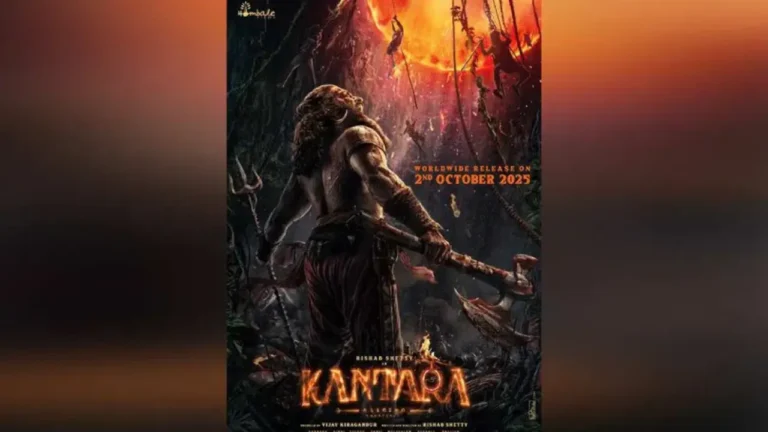
Casinos have long been a fascinating backdrop for filmmakers, offering tension, glamour, risk, and drama in a single setting. Movies have helped shape the public’s perception of what it means to be a casino player, portraying gamblers as everything from suave masterminds to tragic addicts. The entertainment factor in these films often creates a magnetic allure that draws people into the world of gaming, much like the digital pull that DivaSpin casino offers online today, where carefully curated design and game selection create an immersive player experience. But how exactly has cinema constructed the image of the casino player, and what impact does that portrayal have on real-world attitudes and expectations?
The Origins of the Casino Player Archetype
The early days of casino representation in film drew heavily on mystery and exoticism. Classic black-and-white films from the mid-20th century portrayed European casinos as glamorous spaces, where tuxedoed men and elegant women gathered under crystal chandeliers. These early images cemented the idea of the gambler as a sophisticated, well-dressed figure who moved through the casino floor with ease and confidence.
Cultural historian Dr. Linda Harrison notes that these portrayals were less about accuracy and more about aspiration. “The casino wasn’t just a place to play,” she explains, “it was a symbol of status, adventure, and control. Films invited audiences to imagine themselves in these roles, even if they had never stepped inside a real casino.”
The Cool Gambler and the Calculated Risk
One of the strongest tropes in casino cinema is the cool, calculated gambler. Characters like James Bond reinforced the image of the player as someone who maintains poise under pressure, reads opponents effortlessly, and calculates odds with precision. Bond’s iconic baccarat and poker scenes do not just showcase games; they define the character’s charisma, intelligence, and unshakable nerve.
This archetype influences how many people think about gambling today. Whether online or offline, players often aspire to replicate this composure, seeing gambling not just as chance, but as a test of skill and personal mastery. Casinos and online brands often capitalize on this imagery, presenting their offerings as environments where players can embody sophistication and strategy.
The Underdog and the Dream of Fortune
Another central image is the underdog who beats the system. Films like “The Cincinnati Kid” or “Rounders” tell stories of skilled but struggling players who challenge the odds and, through talent and perseverance, claim their place at the top. This narrative taps into a powerful cultural theme — that anyone, regardless of background, can achieve greatness through determination and smarts.
Psychologist Dr. Marcus Bennett explains, “The underdog gambler story resonates because it combines the thrill of risk with the hope of transformation. It suggests that gambling can be more than entertainment; it can be a path to redemption, success, or self-realization.”
For casinos, these stories are valuable because they reinforce the idea that the next big win might be just around the corner, appealing to players’ dreams of personal breakthrough.
The Dark Side: Addiction and Downfall
While many films glamorize casino life, others explore its darker aspects. Movies like “The Gambler,” “Owning Mahowny,” and “Uncut Gems” paint harrowing portraits of gambling addiction, obsession, and self-destruction. These narratives present the player not as a master of the game but as a captive, unable to break free from destructive cycles.
These darker portrayals serve as cautionary tales, reminding audiences that the casino world is not all glitter and excitement. They highlight the psychological vulnerabilities and social consequences that can accompany unchecked gambling behavior.
Industry analysts point out that while these films raise awareness about problem gambling, they can also inadvertently romanticize the chaos and adrenaline, making high-stakes gambling seem edgy or exciting rather than purely harmful.
The Impact of Cinematic Imagery on Player Behavior
Cinema does not just reflect cultural attitudes toward gambling; it actively shapes them. Viewers internalize the messages they see on screen, often bringing those expectations into their real-life gambling experiences.
Brand strategist Emily Navarro notes that modern casinos, including digital spaces, are keenly aware of these cinematic influences. “Design, marketing, and user experience are all crafted to align with the aspirational images people carry from movies,” she explains. “Whether it’s the elegance of a high-roller suite or the tension of a poker tournament, operators know that players are looking to step into roles they’ve seen on screen.”
How Online Casinos Echo Cinematic Styles
Online casinos, too, borrow from cinematic language to shape player experience. Many digital brands design their interfaces, games, and promotions to evoke the drama, style, and glamour familiar from films. The visual storytelling extends to themes, character-driven games, and even promotional videos that resemble movie trailers.
Players at sites like DivaSpin casino or similar platforms are drawn into carefully constructed worlds where design cues signal excitement, exclusivity, or mastery. This is not coincidental — it is a calculated effort to tap into the cultural script that cinema has written over decades.
Regional Differences in Cinematic Gambling Portrayals
It’s important to recognize that cinematic portrayals of gamblers vary across cultures. American films often emphasize the hustler, the self-made player, or the chaotic high roller. European cinema tends to focus more on psychological nuance, presenting gambling as part of complex interpersonal or moral dramas. Asian films frequently highlight themes of honor, family, and loyalty within gambling narratives, reflecting local cultural values.
These variations influence how gambling is perceived in different regions and inform the marketing strategies that casinos employ when entering international markets. What appeals to an American audience may not resonate in East Asia or Europe, and smart operators tailor their branding accordingly.
Evolving Narratives: The Future of the Casino Player on Screen
As cinema evolves, so too do the images of casino players. Contemporary films and streaming series are beginning to reflect the digital transformation of gambling, showing characters engaged in online poker, mobile sports betting, or virtual casinos. This shift mirrors real-world trends, where the casino is no longer just a physical location but a hybrid of digital and physical spaces.
Cultural commentator Sarah Liu observes, “The next generation of gambling stories will reflect the realities of technology — not just the poker table or roulette wheel, but apps, algorithms, and global online communities. These stories will shape how audiences understand the risks, opportunities, and emotional stakes of modern gambling.”
Conclusion
Casinos in cinema play a powerful role in shaping how players see themselves and the gambling experience as a whole. Whether through the suave intelligence of the master gambler, the hope of the underdog, or the painful lessons of addiction, films craft compelling narratives that inform public perception and player behavior.
Modern operators draw on these cinematic cues to design engaging, emotionally resonant experiences for their users. Players who are inspired by these portrayals often find themselves exploring new online spaces, including innovative environments like FatPirate-Casino.fi/, where cutting-edge design meets the high expectations set by decades of storytelling. As cinema continues to evolve, its influence on the global gambling landscape will remain profound, weaving entertainment, identity, and aspiration into the ever-changing fabric of casino culture.











